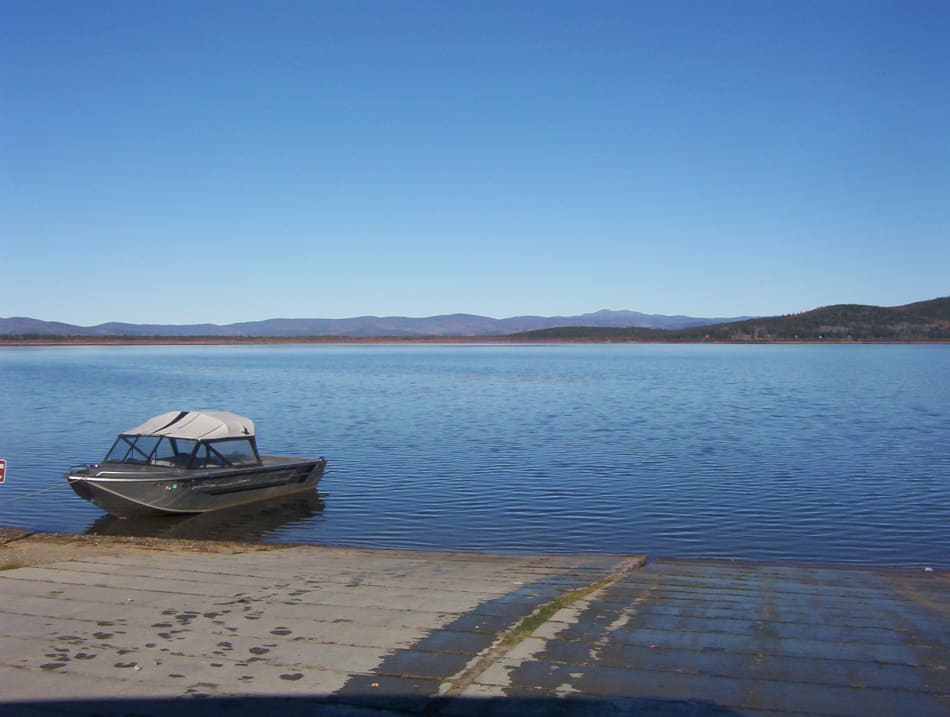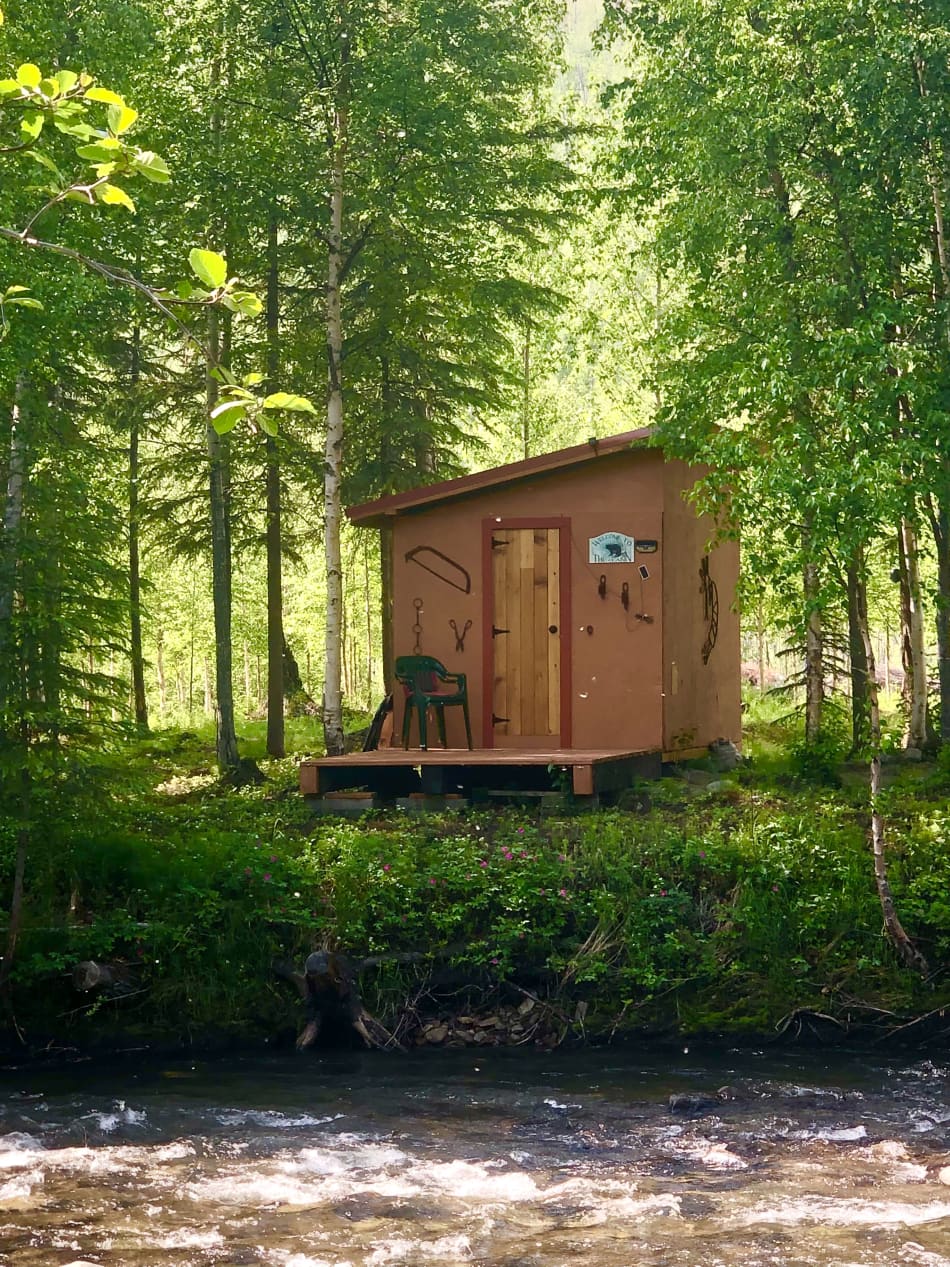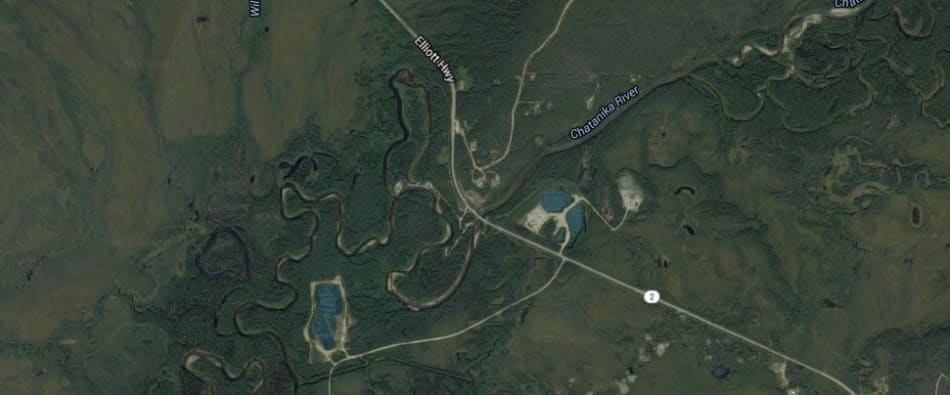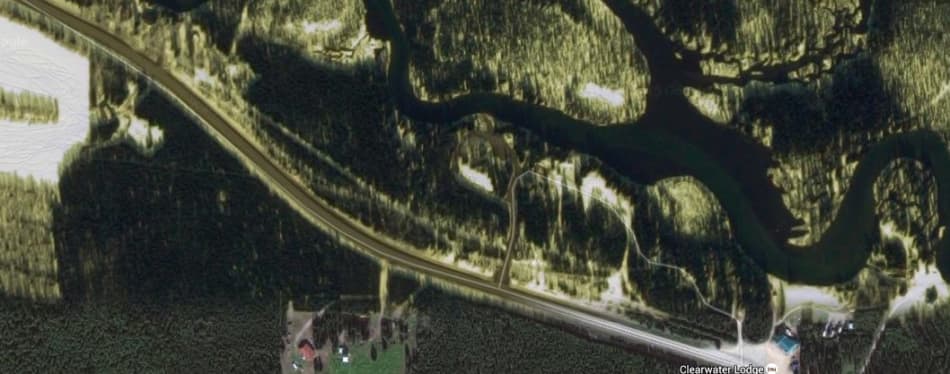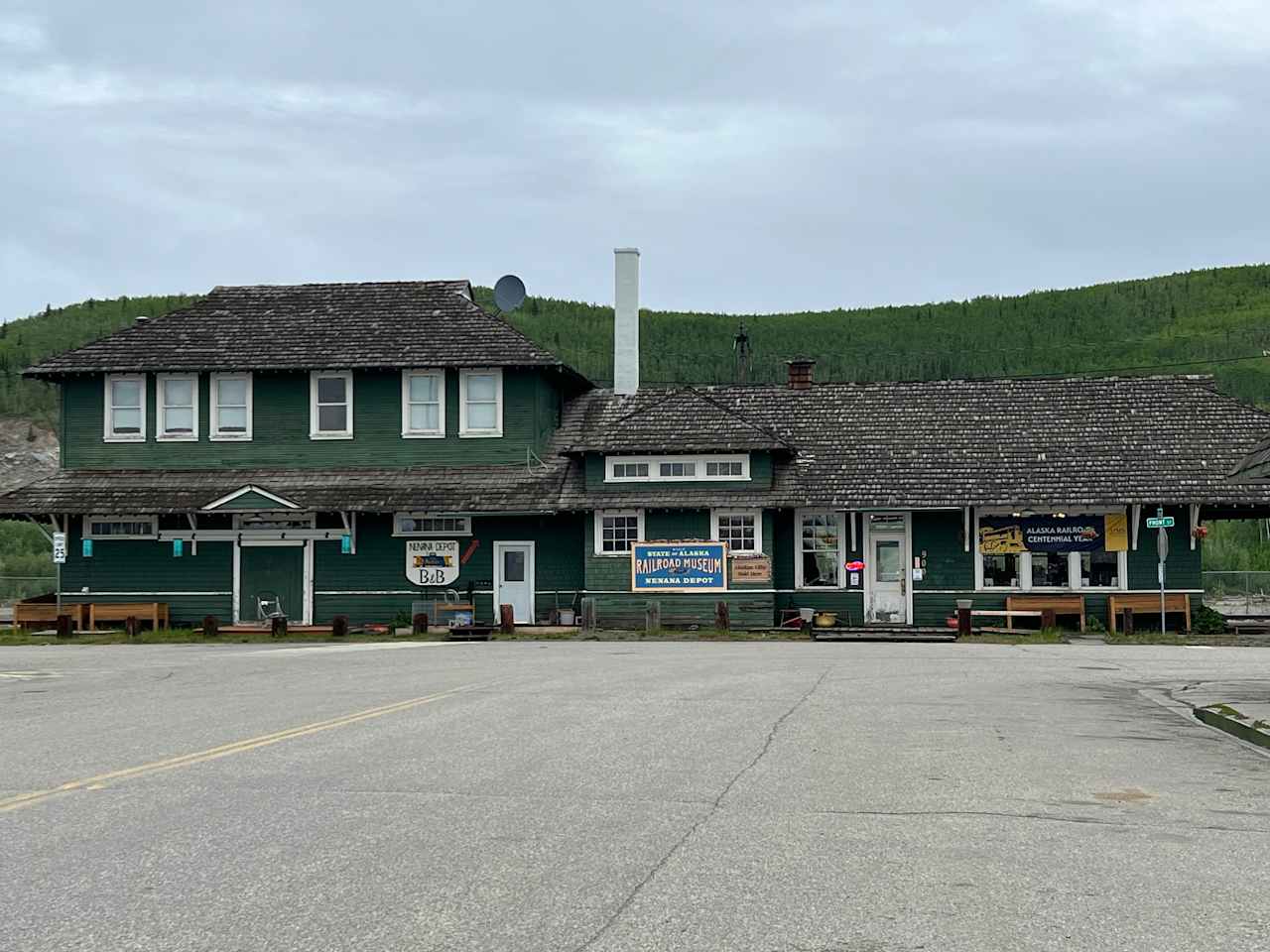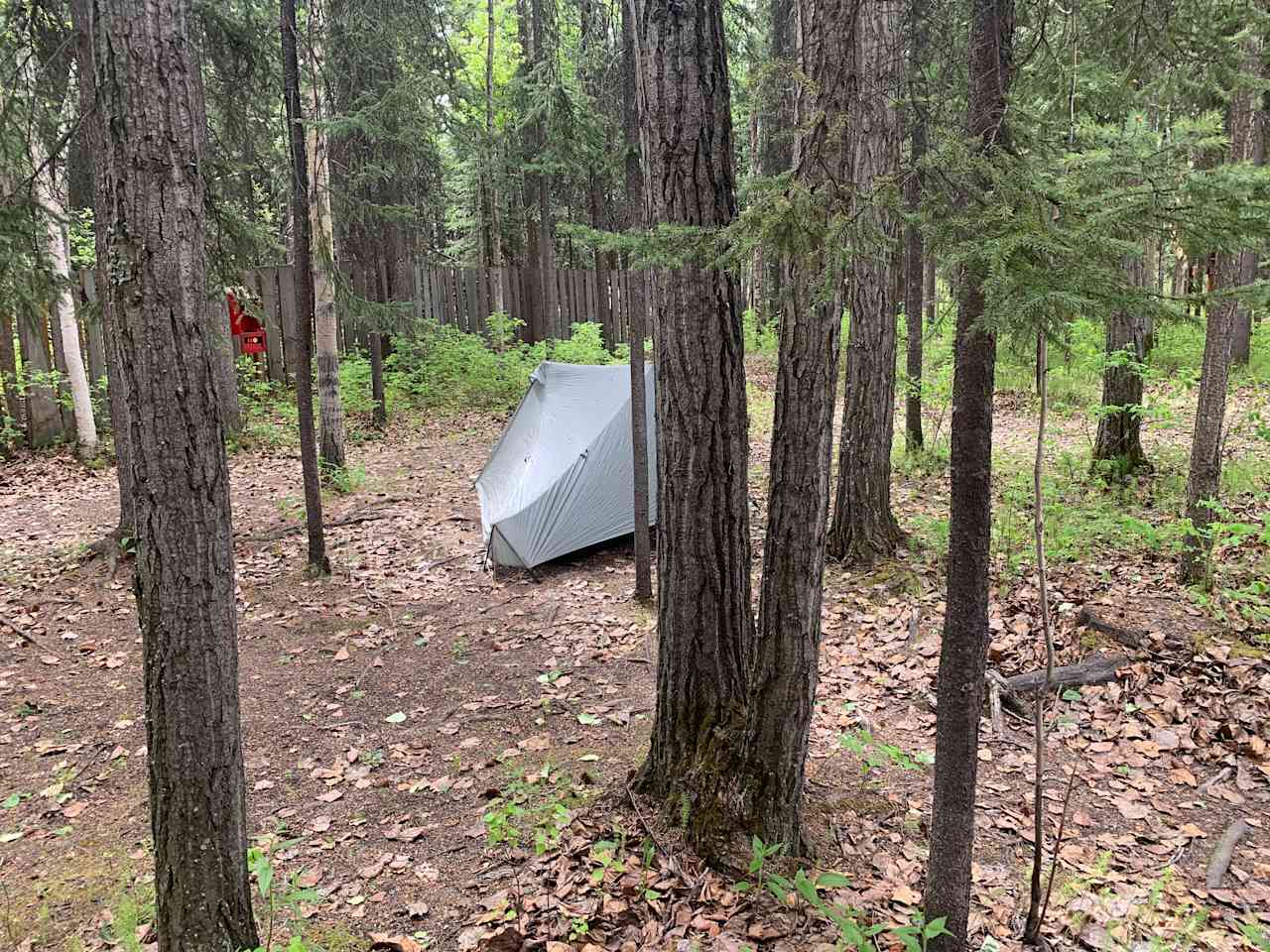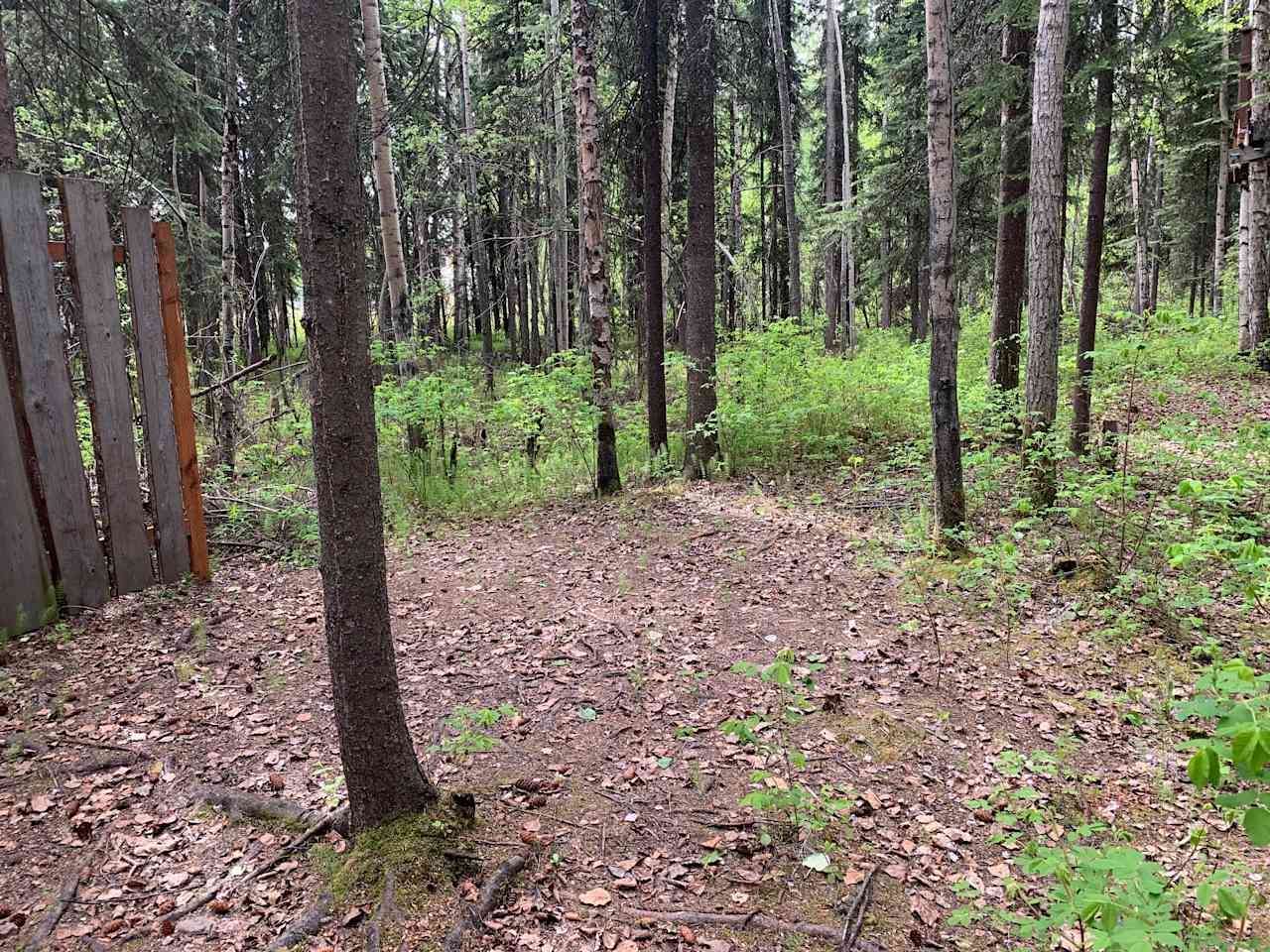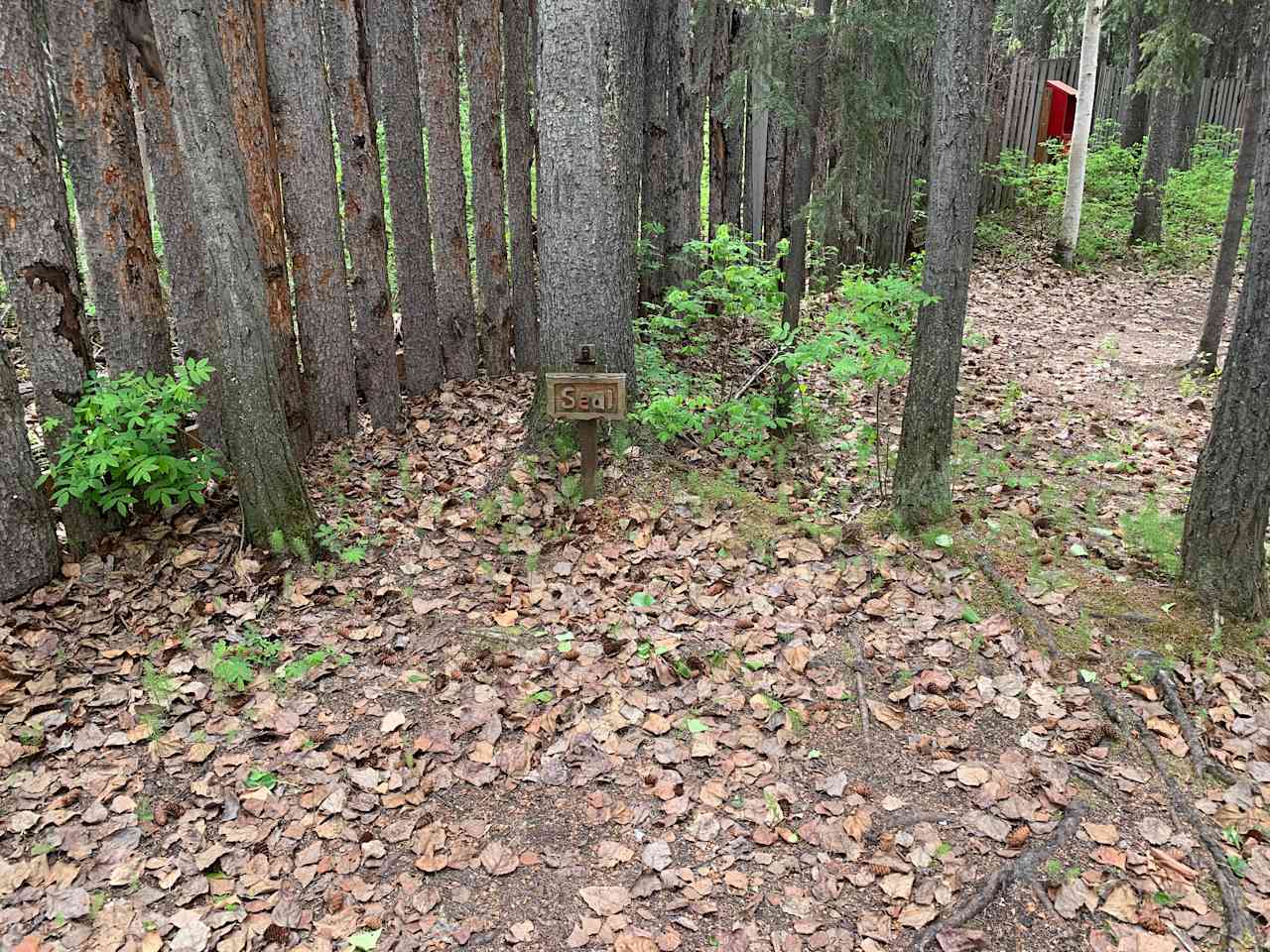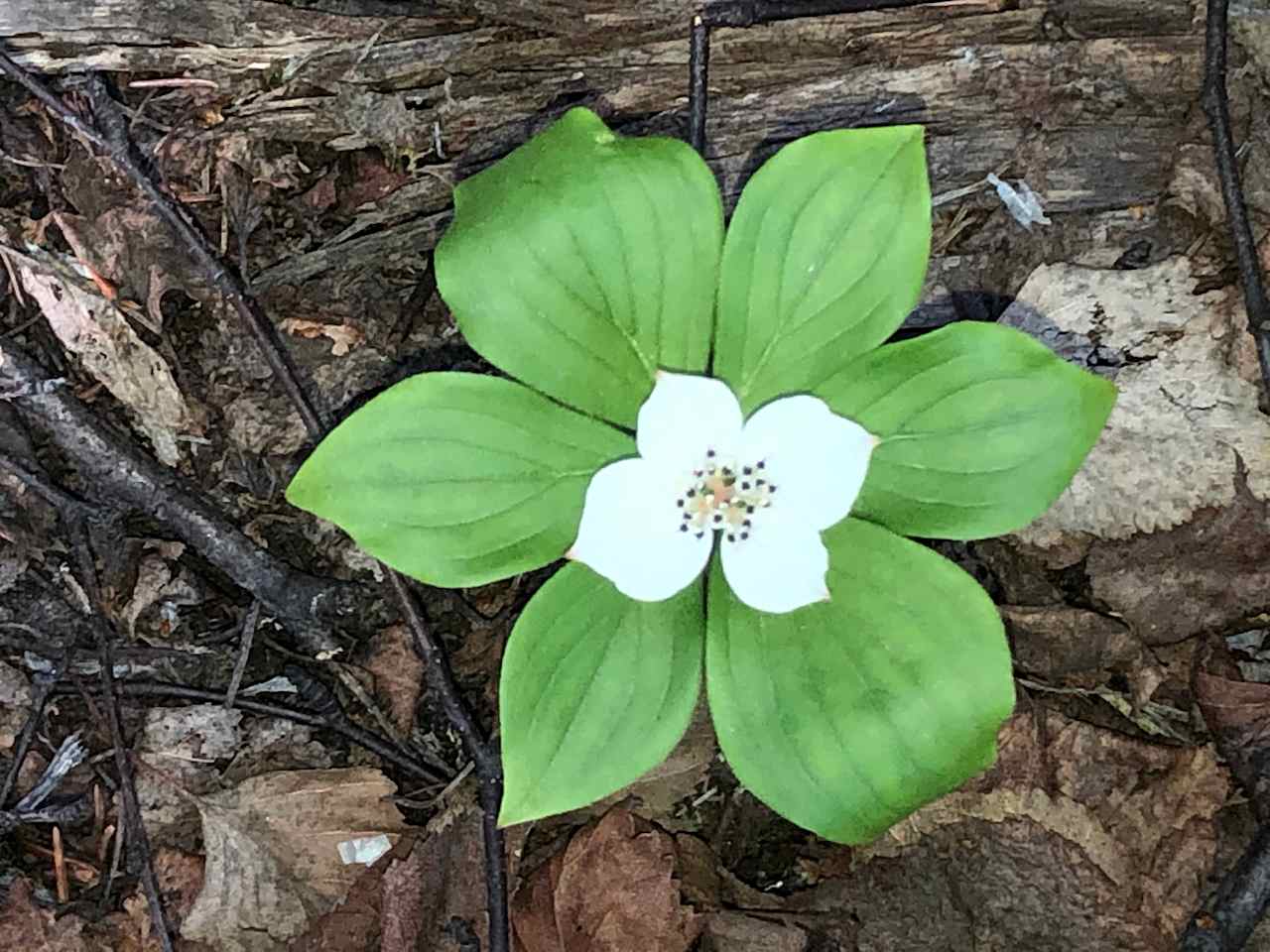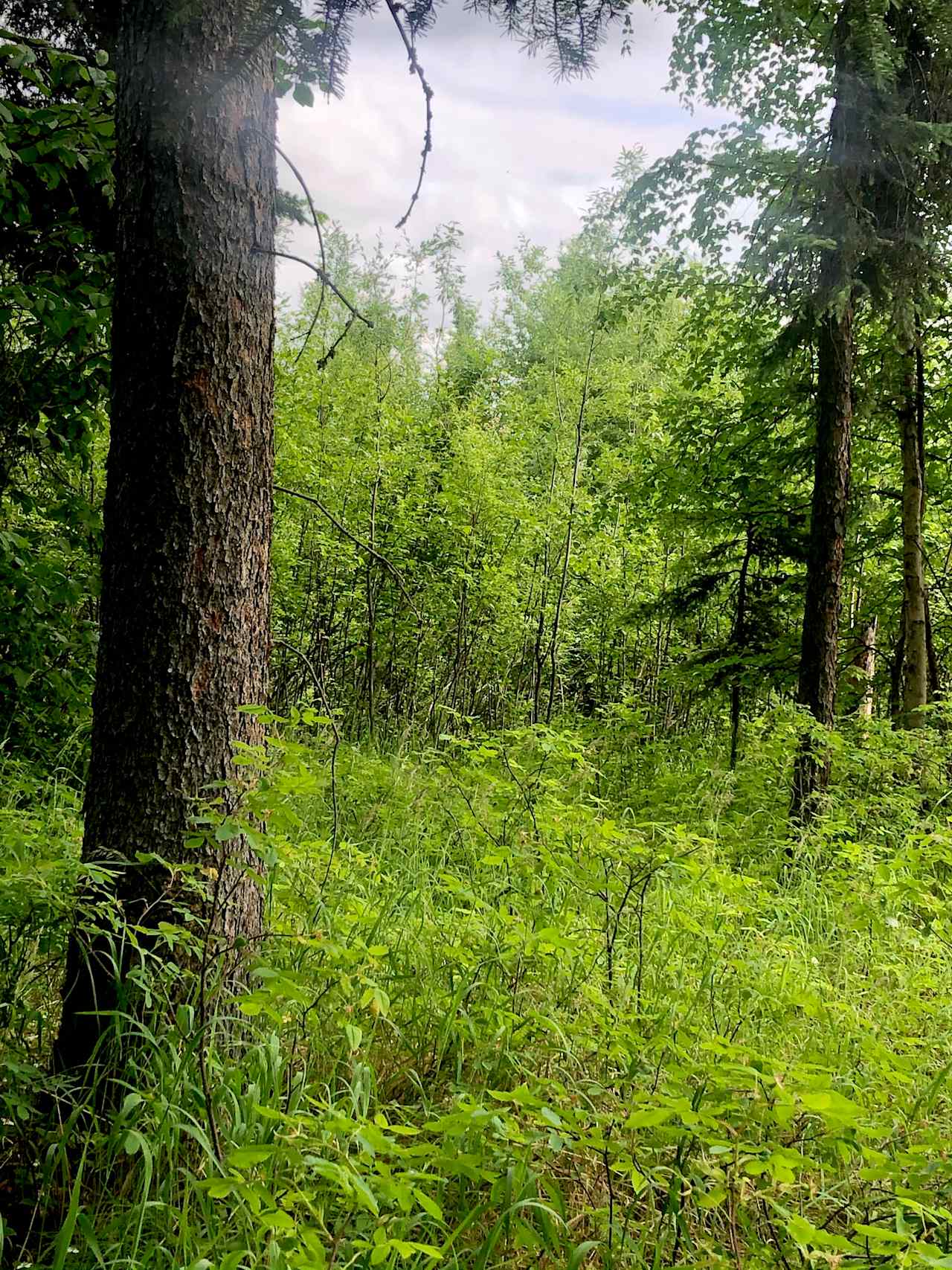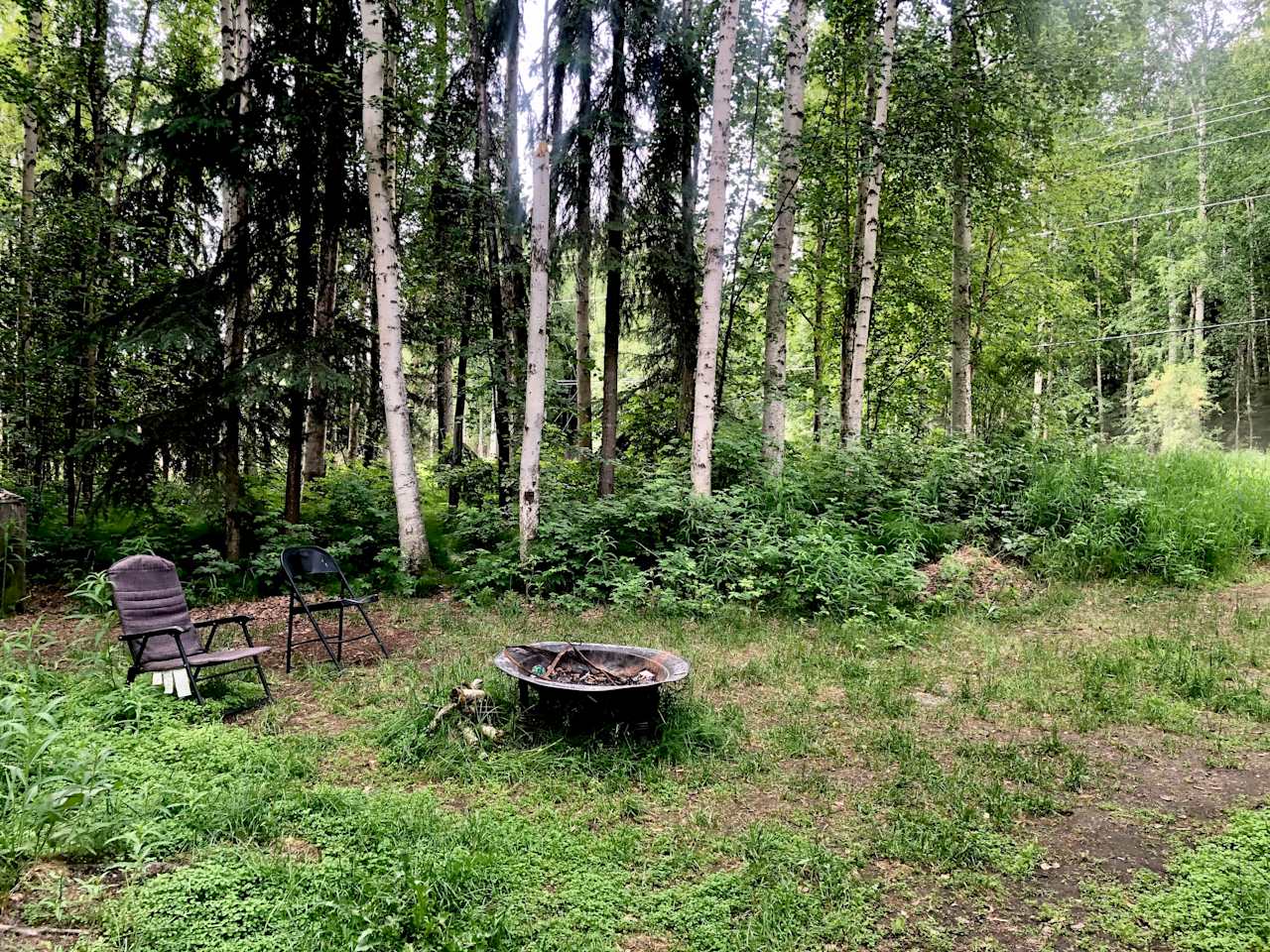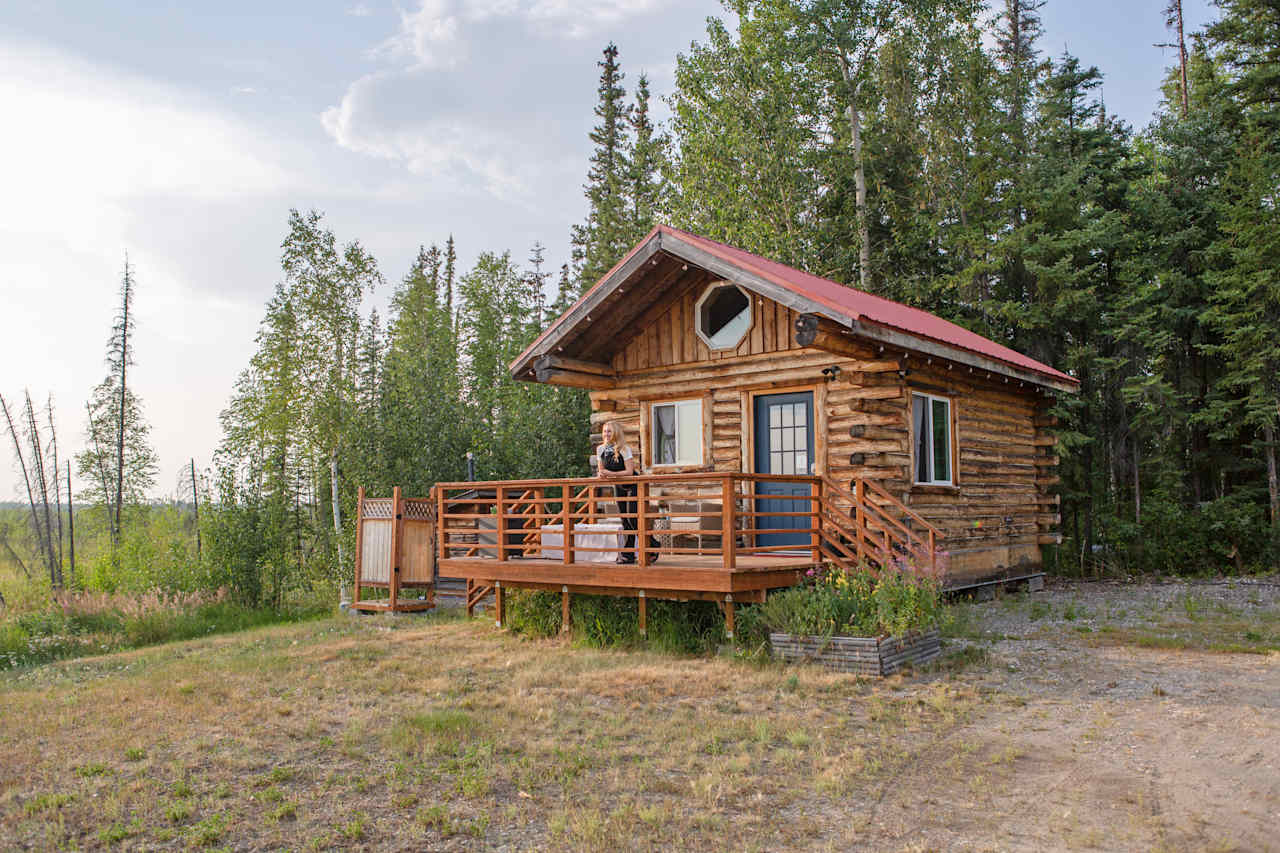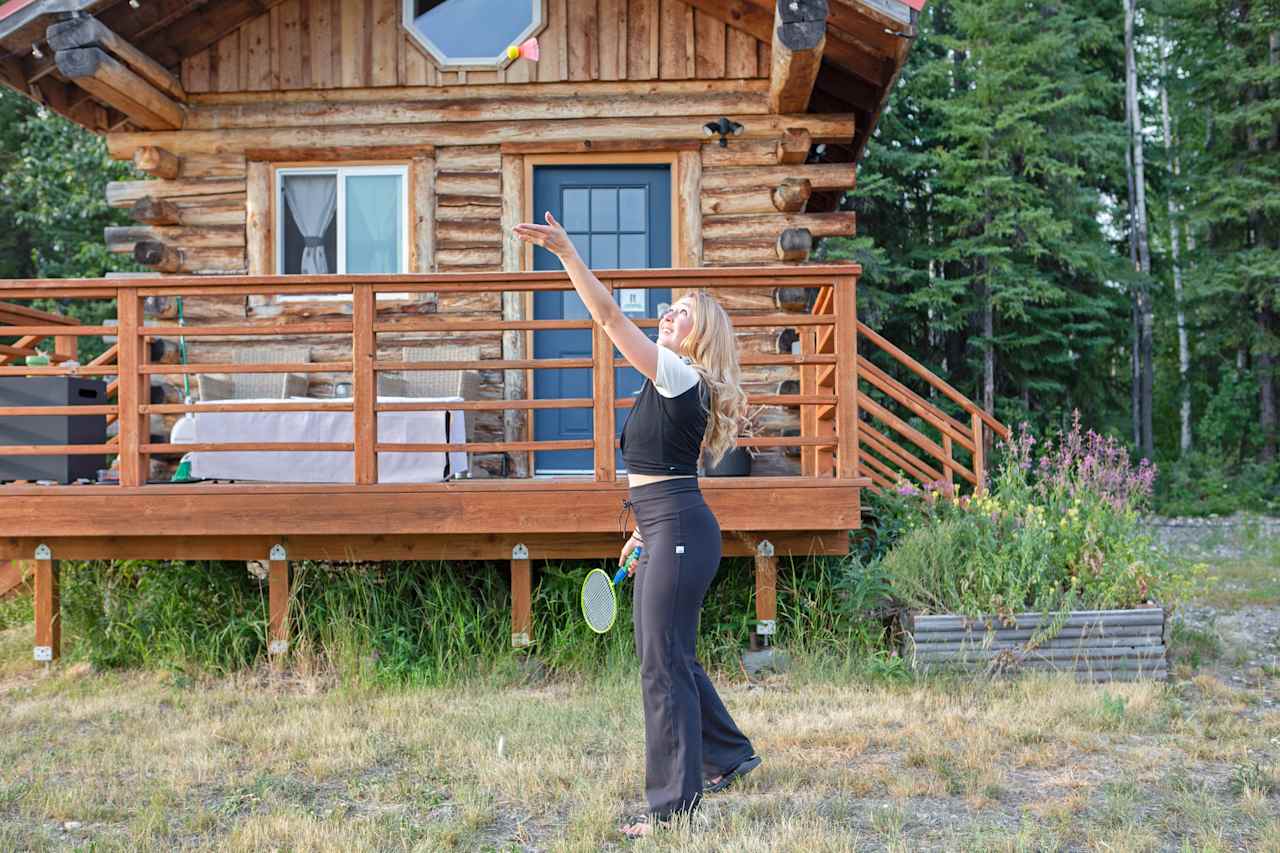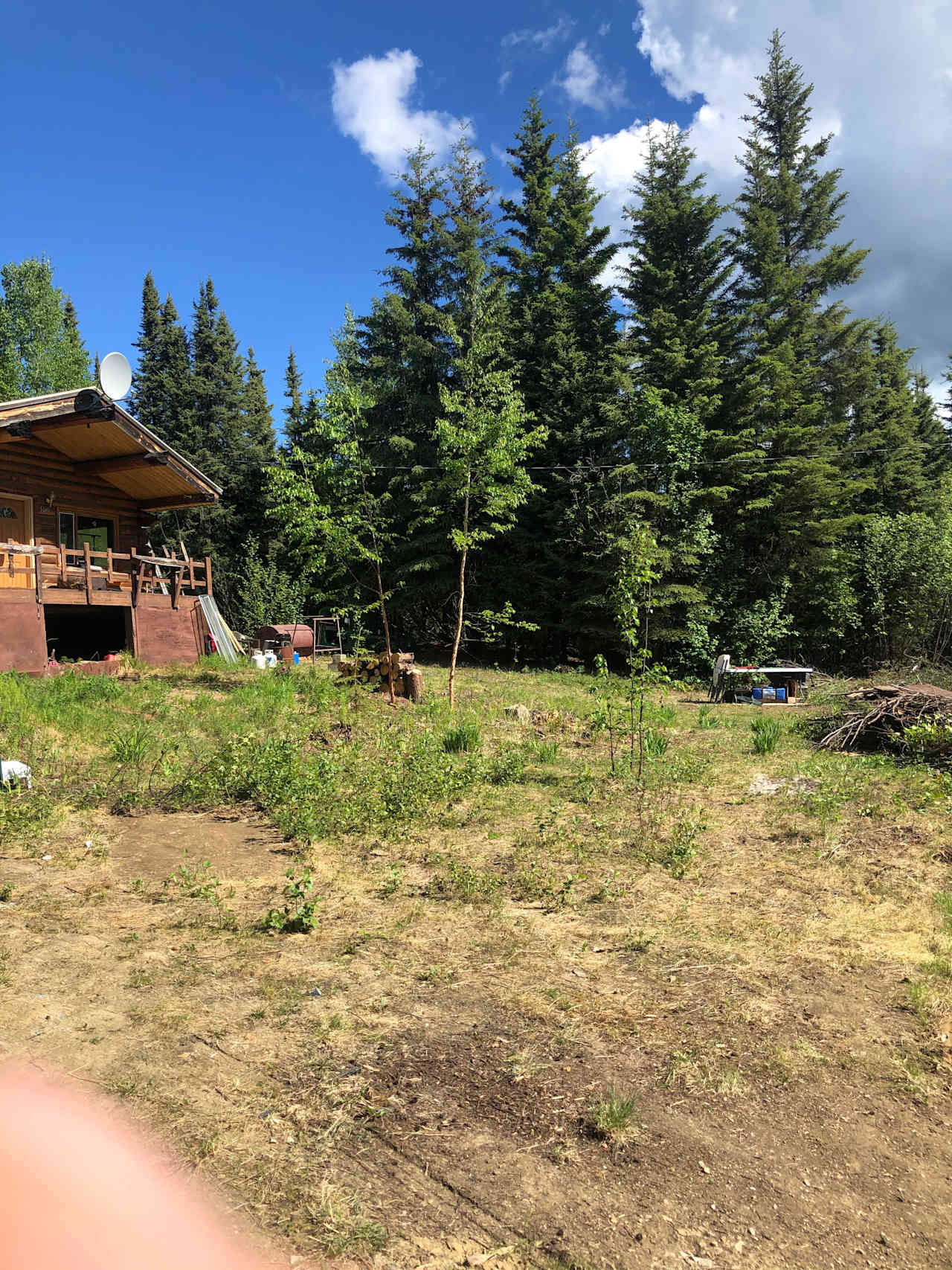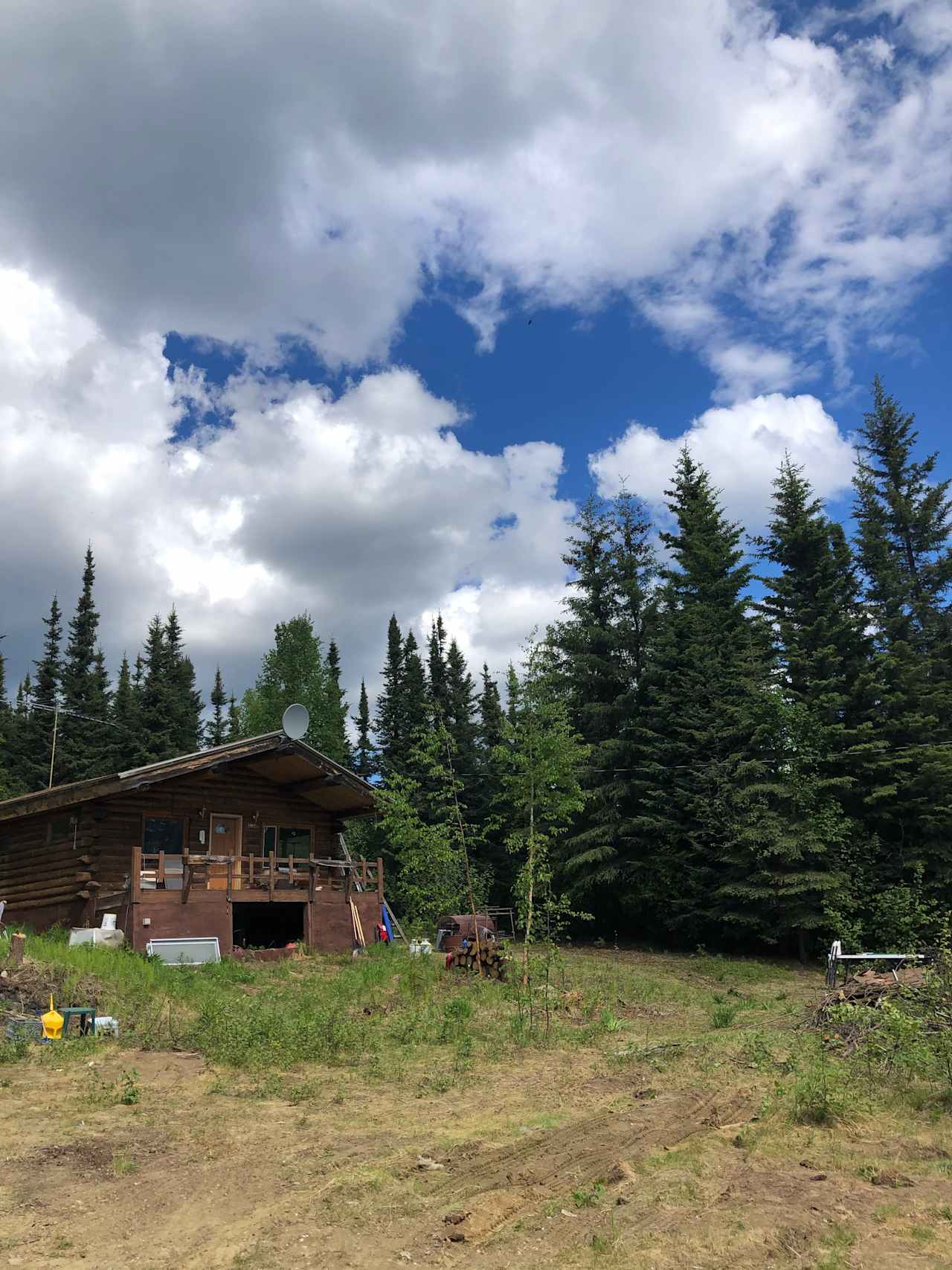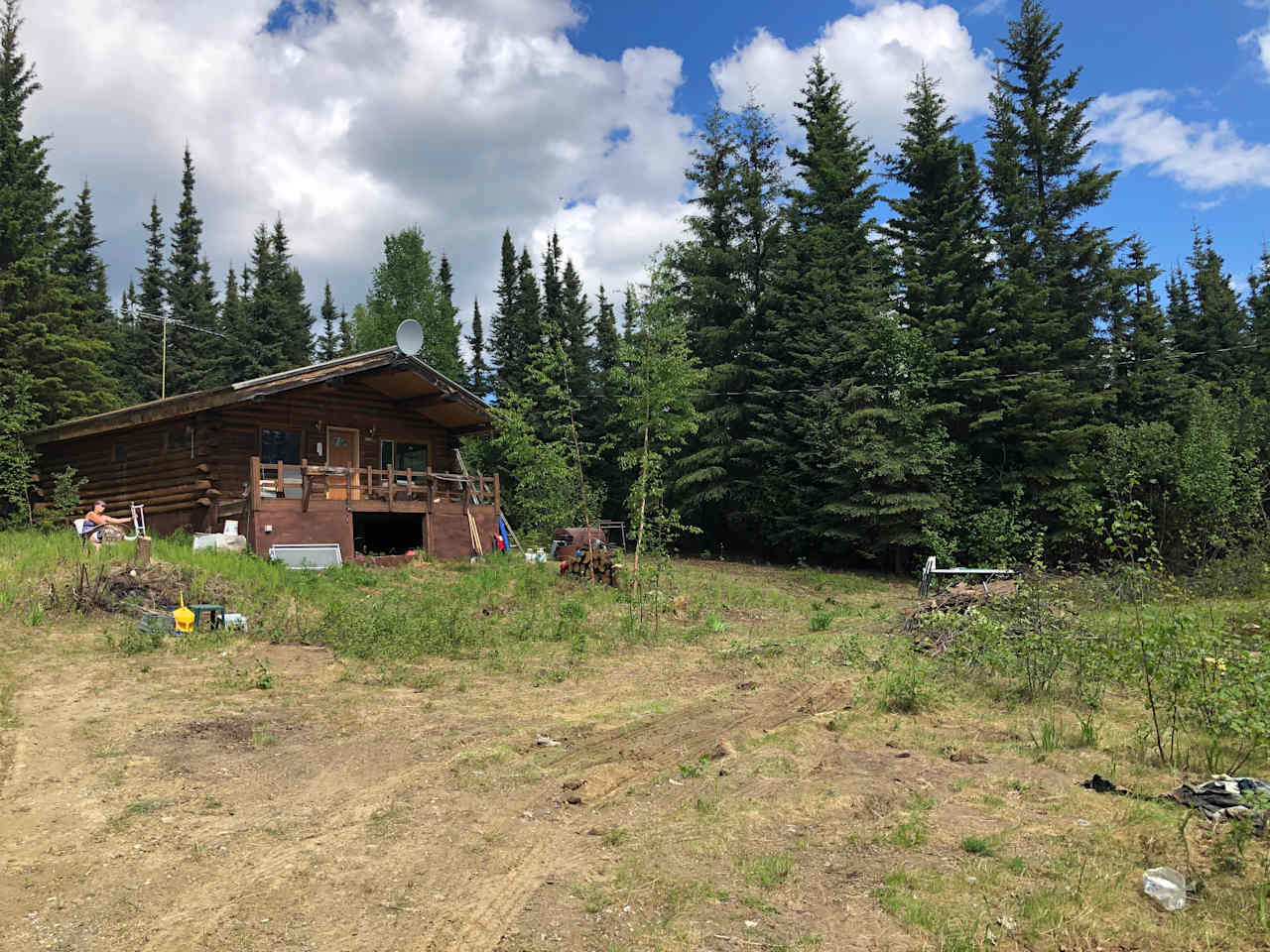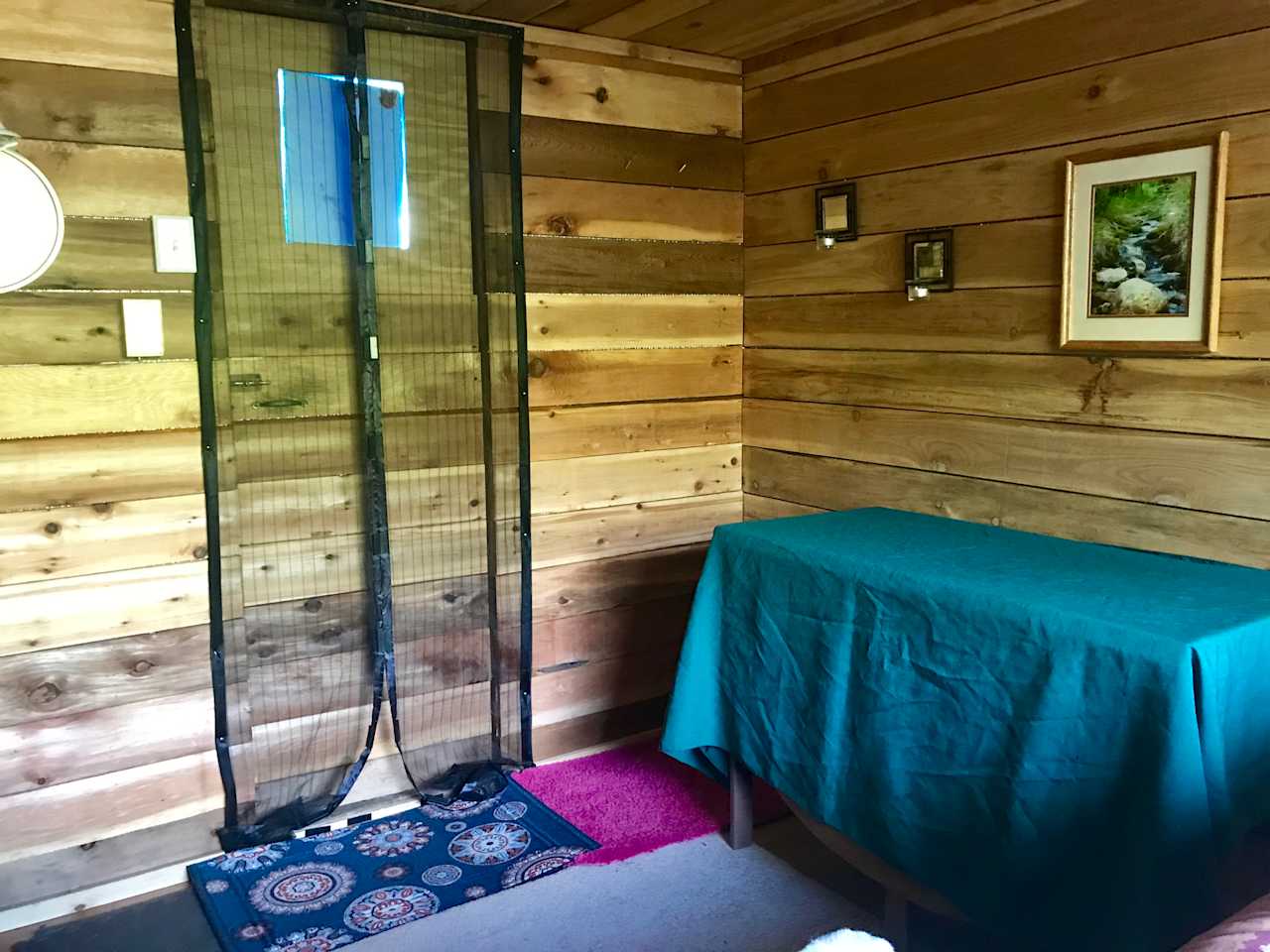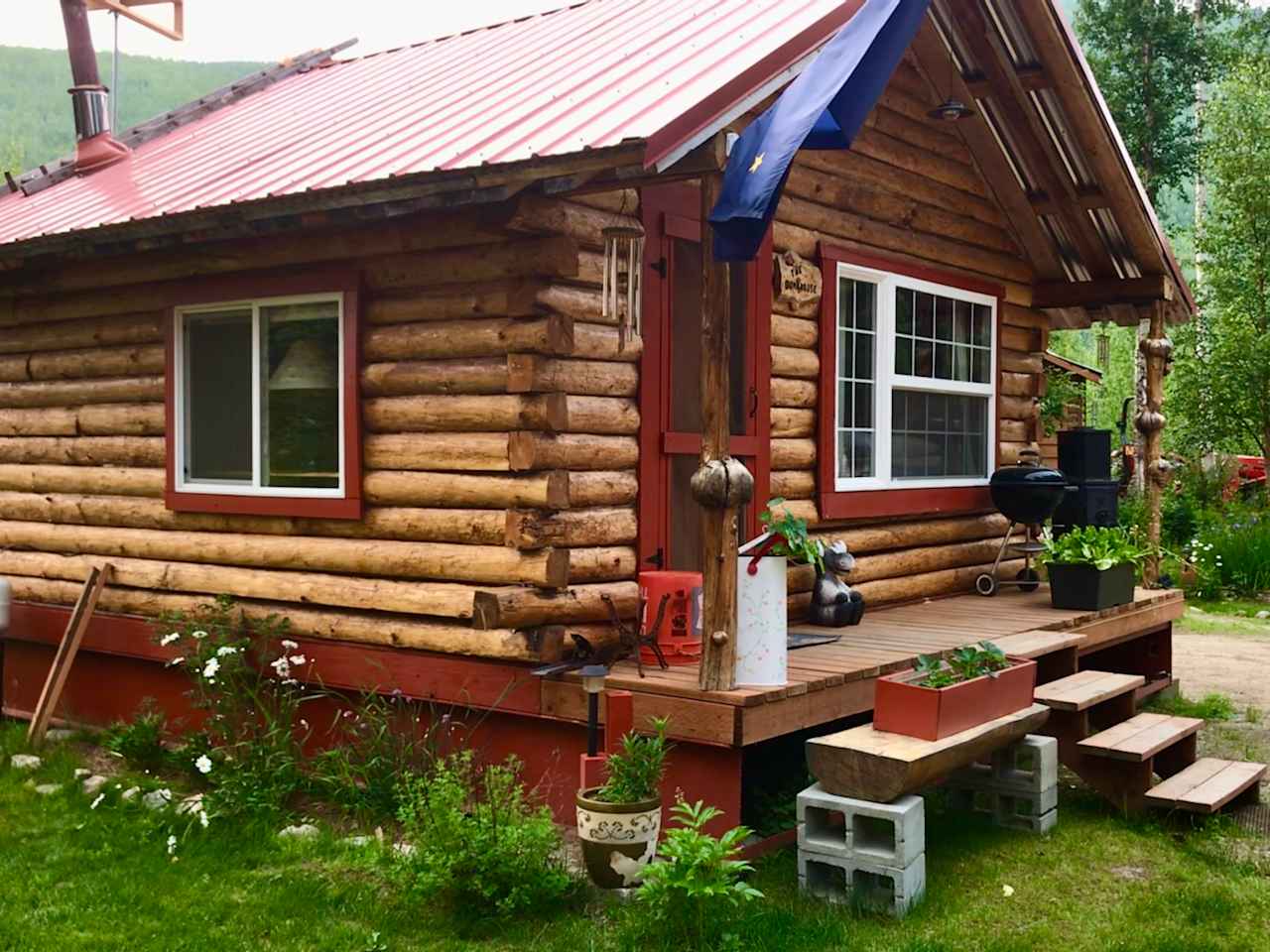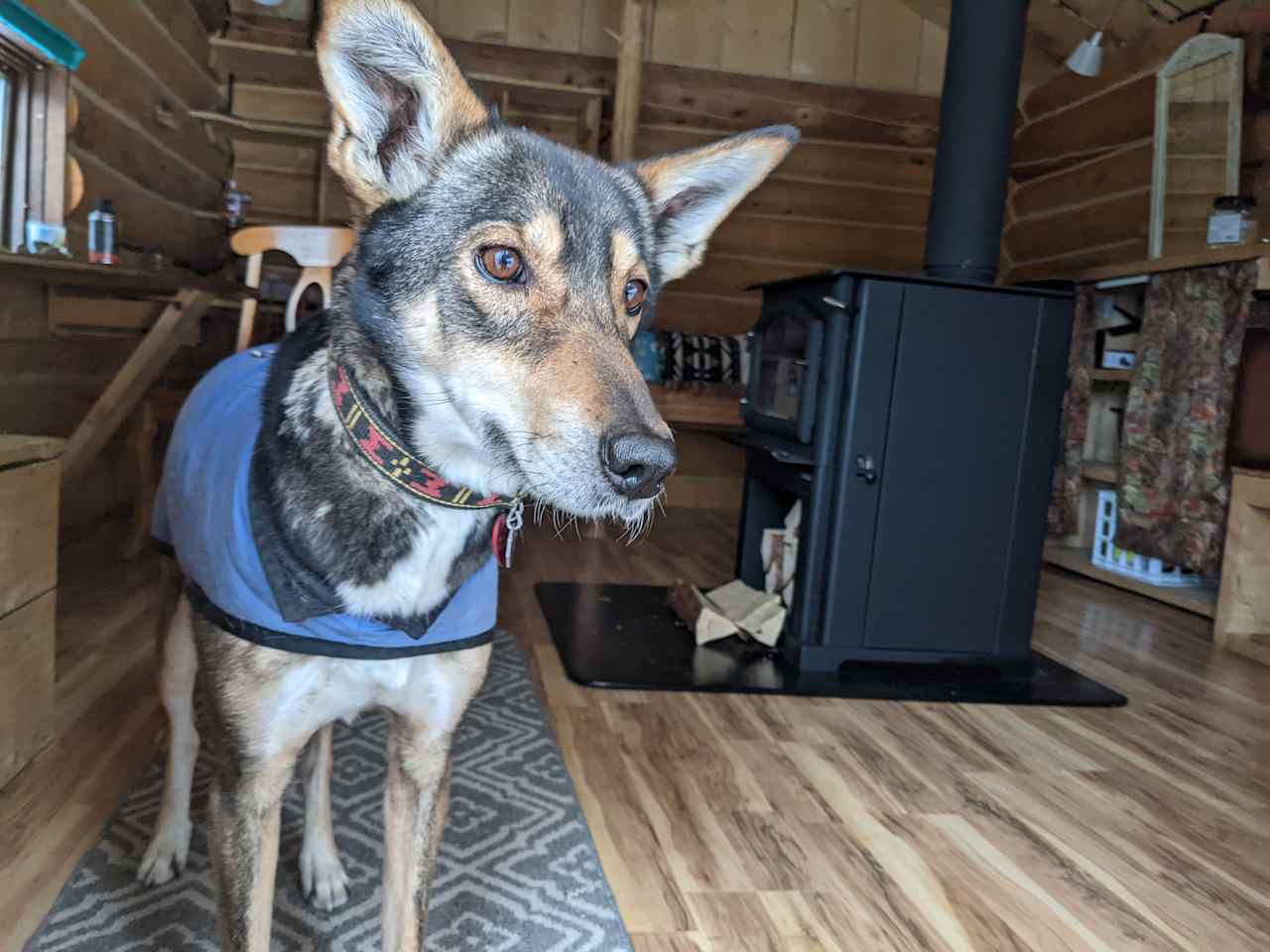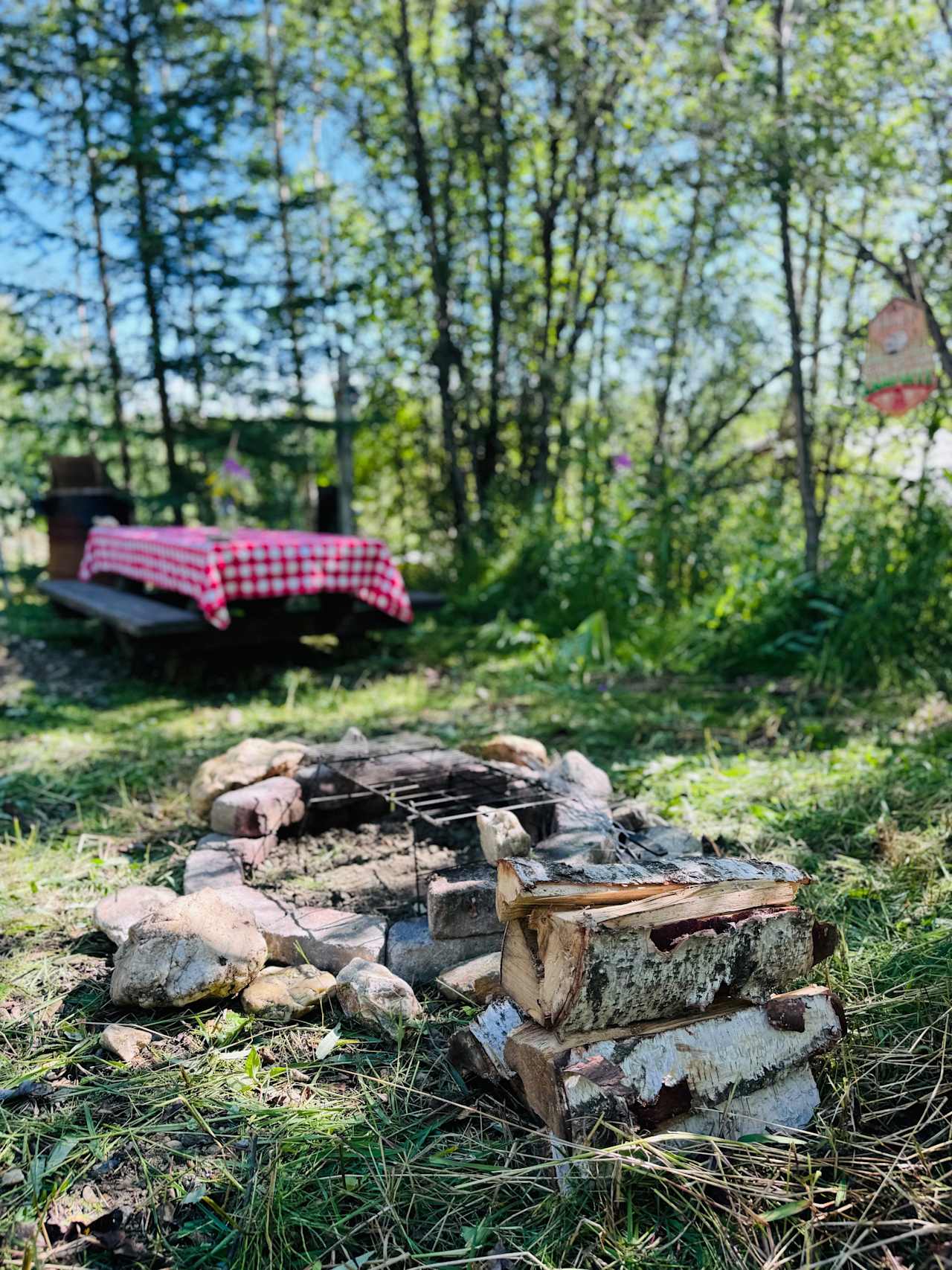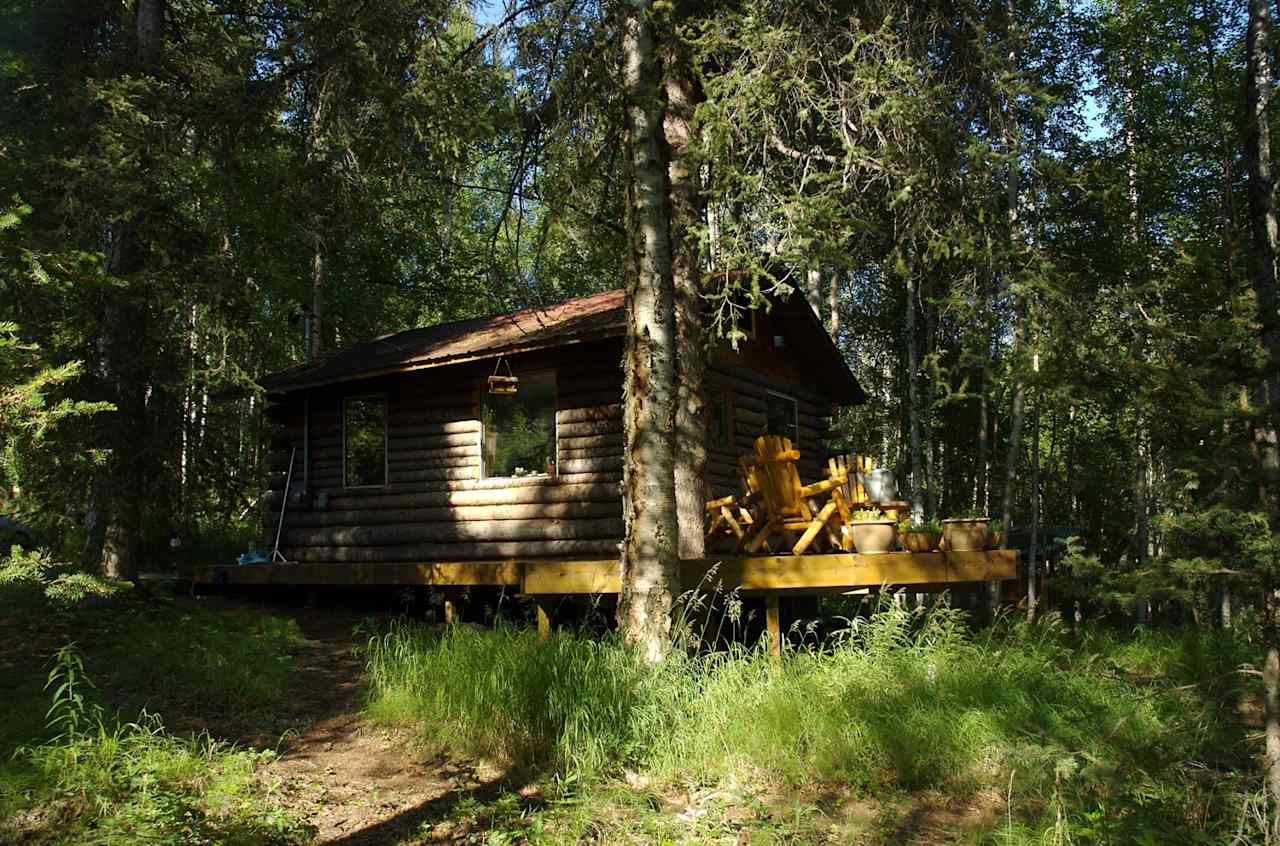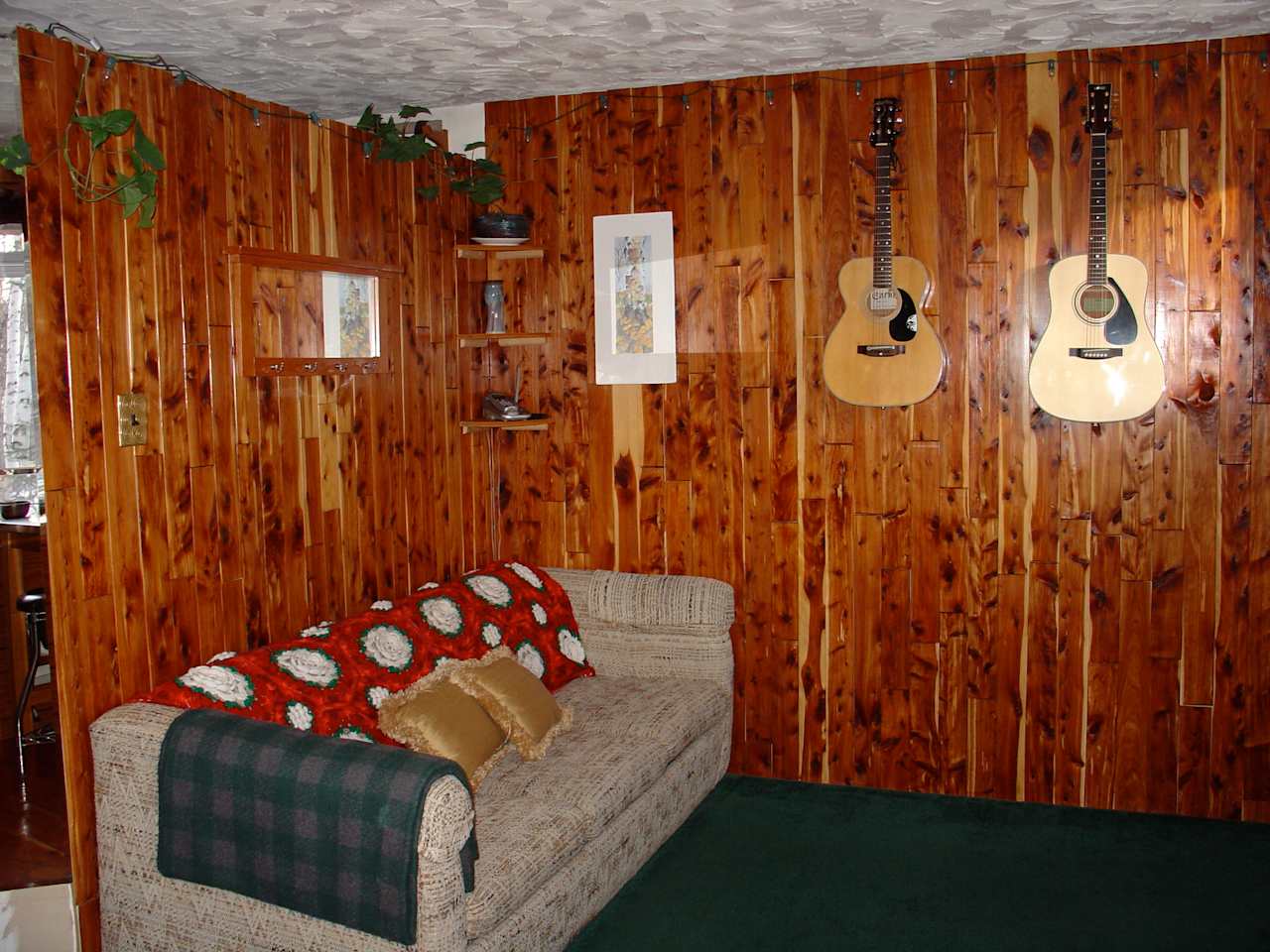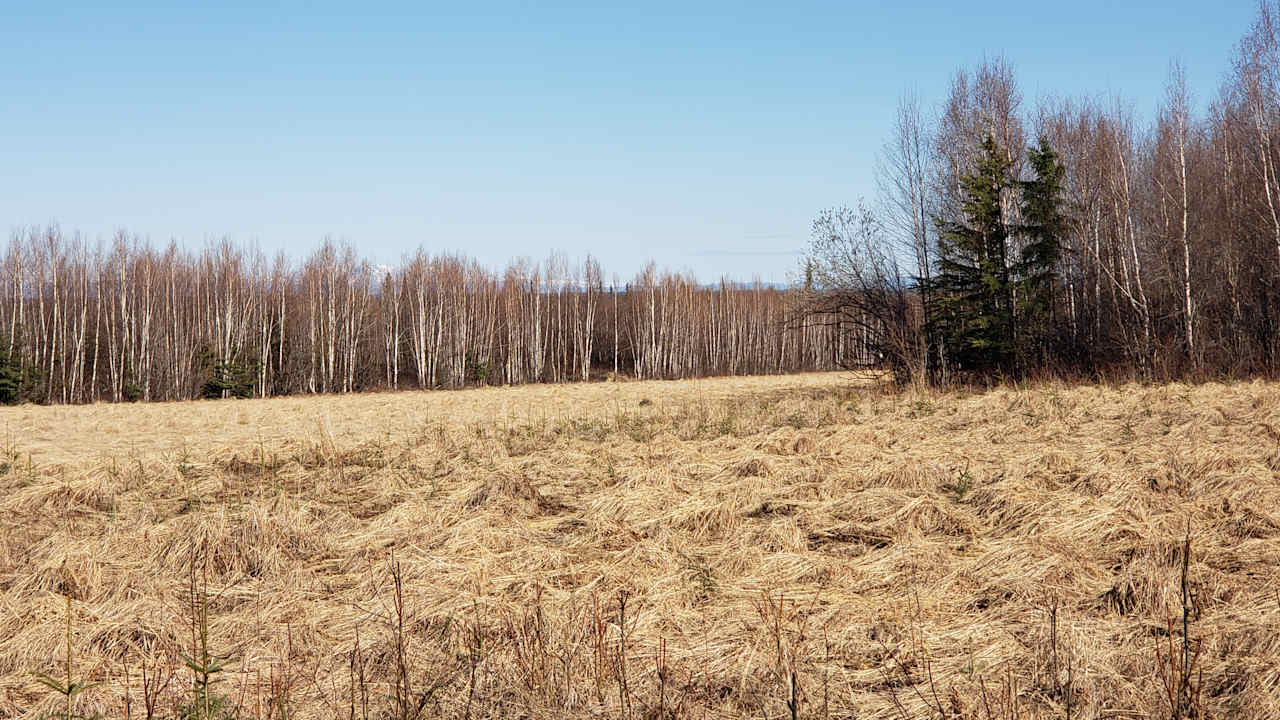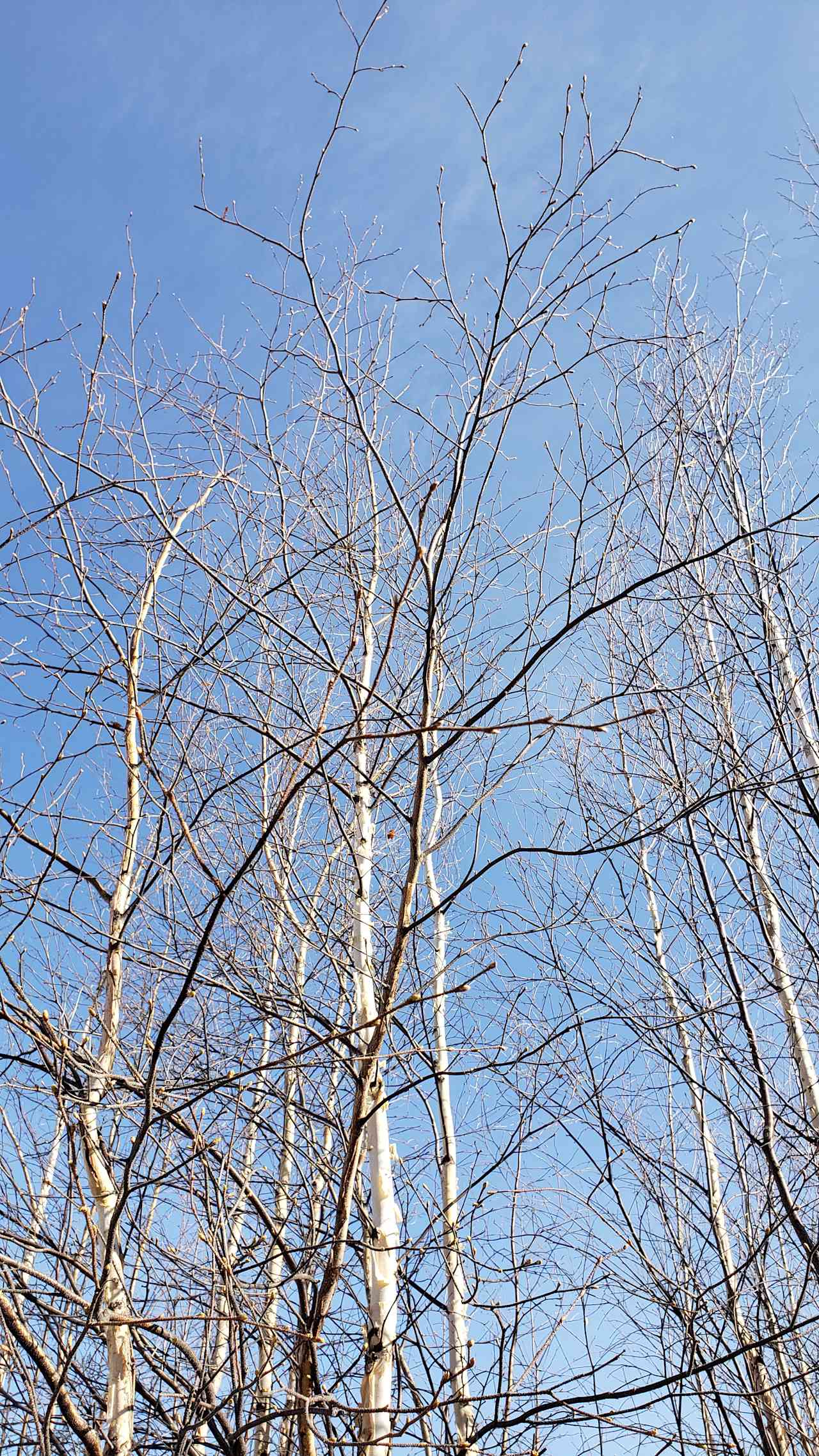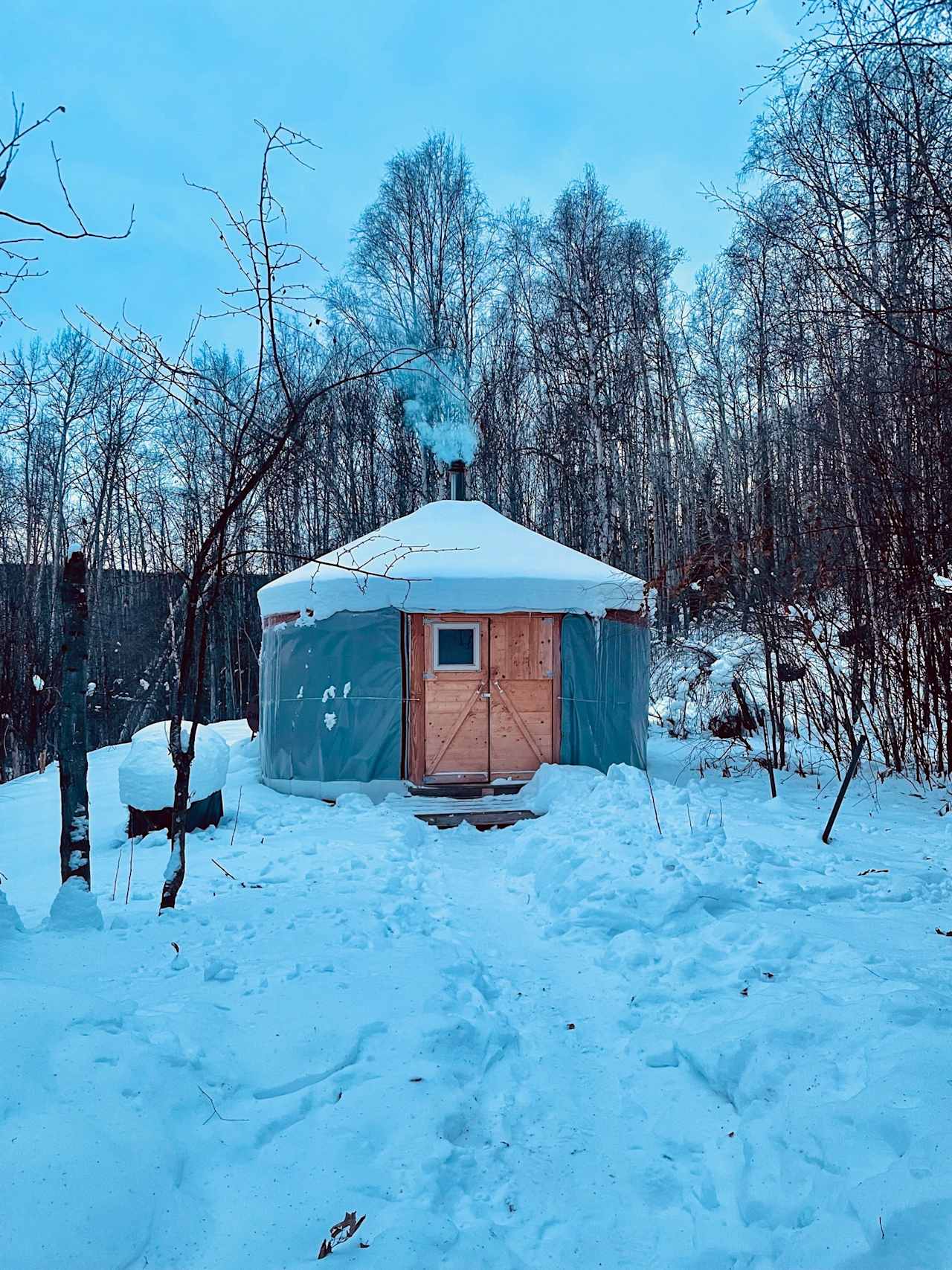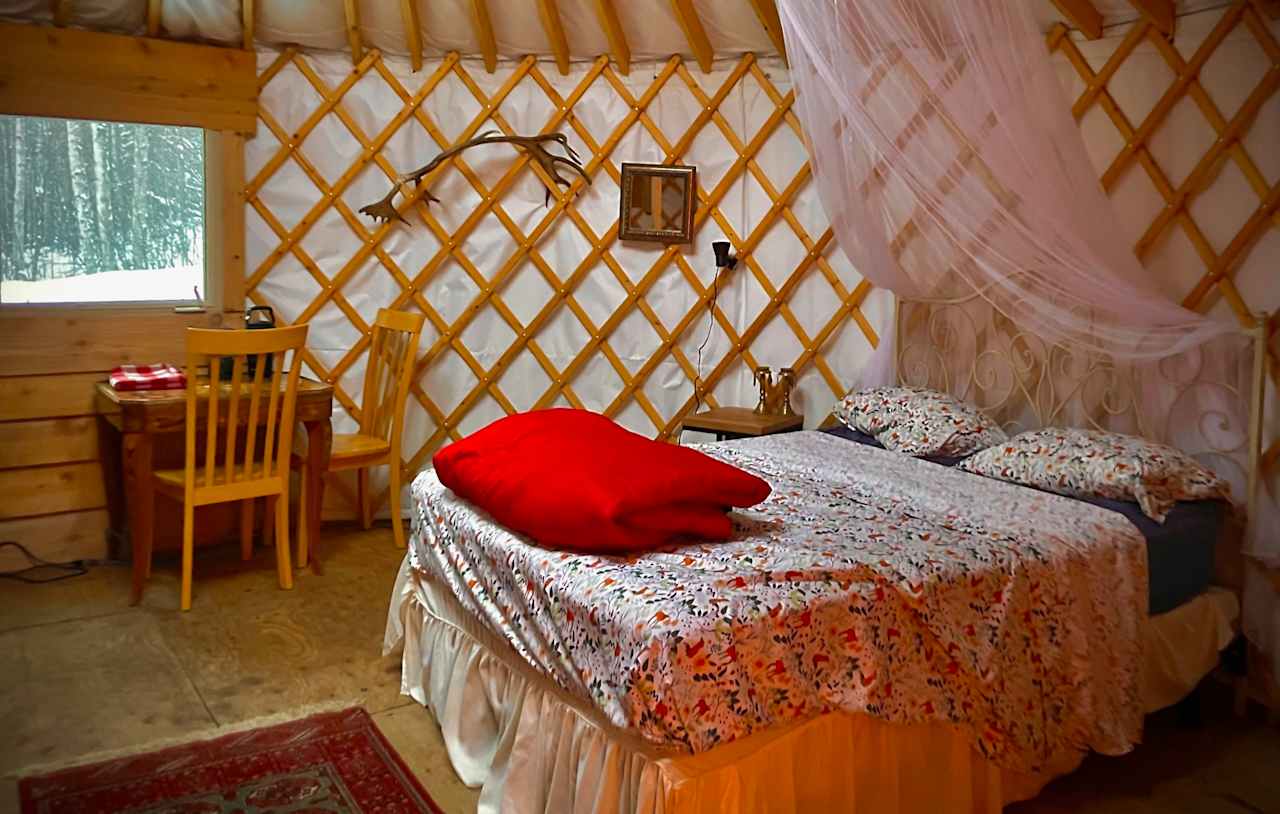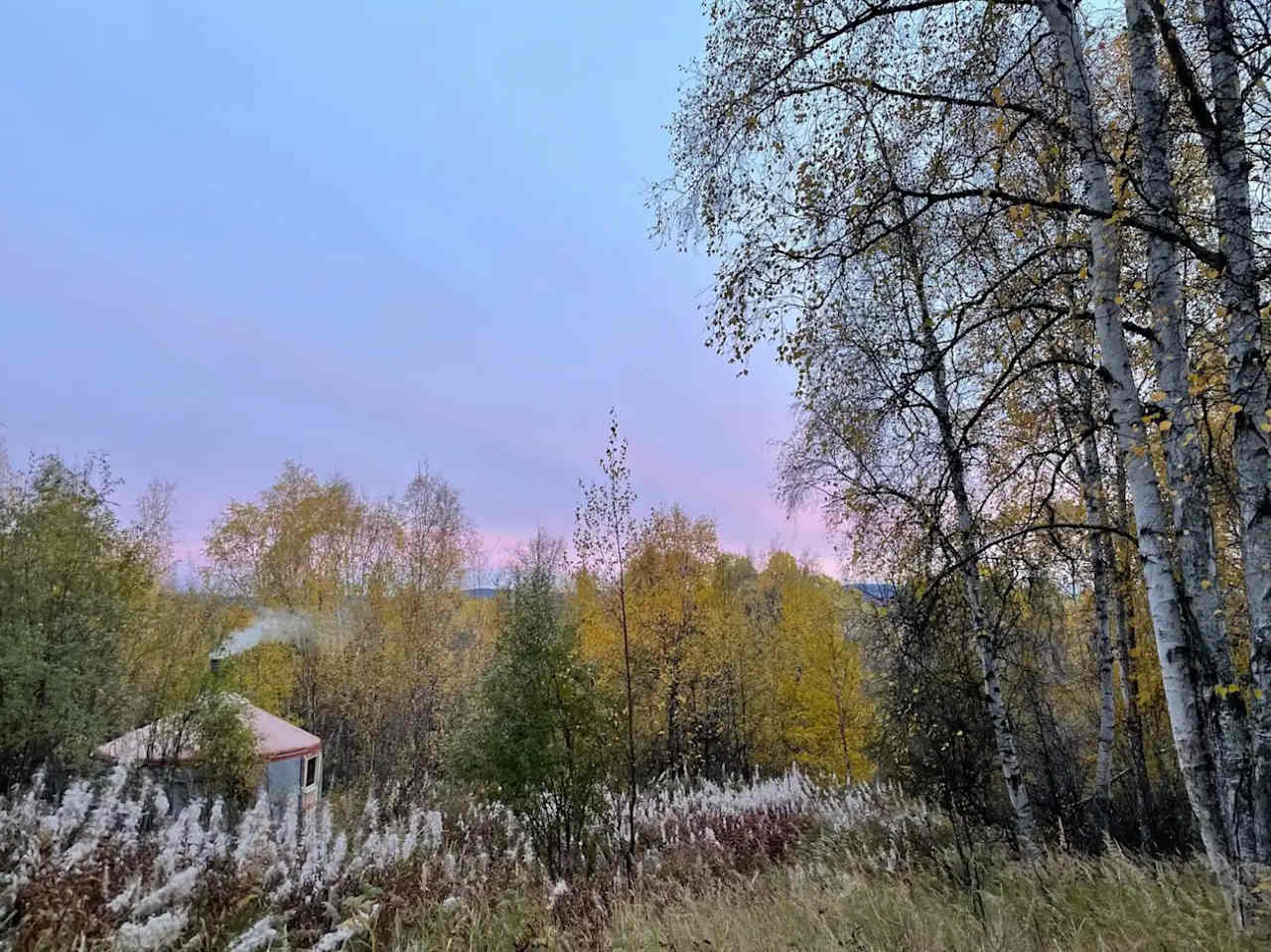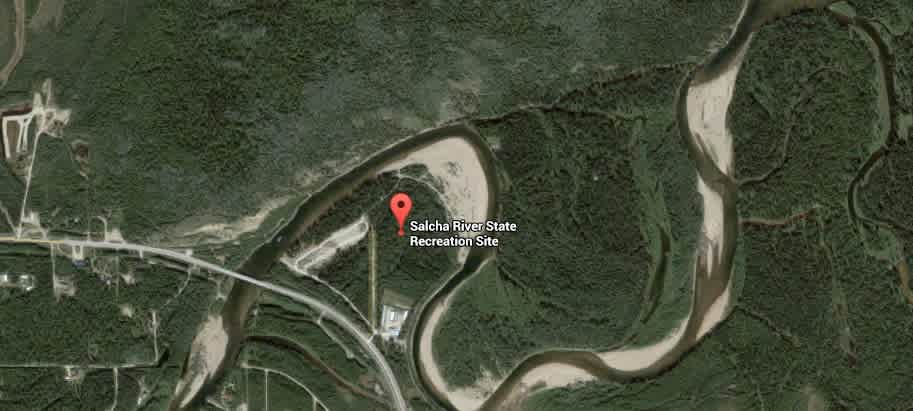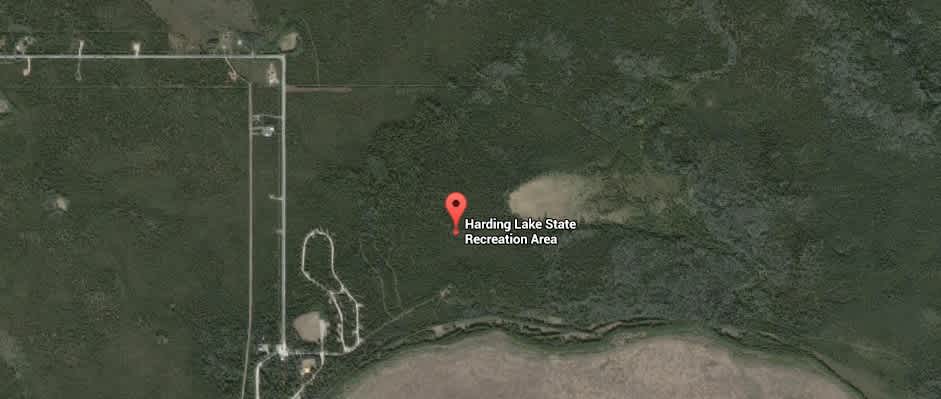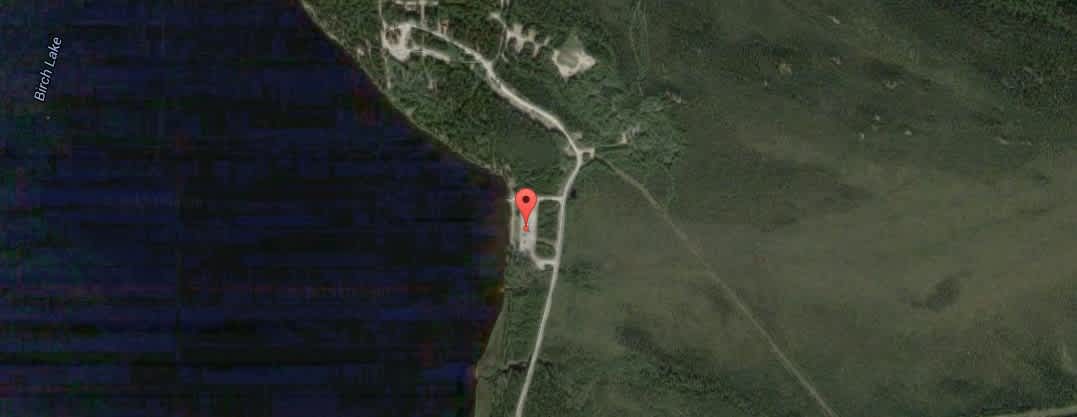Camping near Fairbanks
An otherworldly city with midnight sun, Fairbanks is a gateway to Alaska’s wilderness.
- Fairbanks
Popular camping styles for Fairbanks
Available this weekend
12 top campgrounds near Fairbanks
Under $50
Dog-friendly getaways
Nearby parks
Explore the area’s public lands.


Camping near Fairbanks guide
Overview
Getting to Fairbanks may not be easy, but the payoff is big. Here, the Land of the Midnight Sun gets 20 hours of daylight in June, supercharging outdoor adventure potential. And come winter, it’s one of the most reliable places on earth to witness the mercurial glow of the Aurora Borealis. For many campers, Fairbanks serves as a hub for trips to Denali National Park and Preserve or the Arctic Circle. But the area immediately surrounding this Interior Alaska city has extraordinary nature spots worthy of their own visit, including rivers, hot springs, rock climbing and backpacking sites, and winter sports like dog sledding, snowmobiling, and skiing.
Where to go
Denali National Park
It’s two hours from Fairbanks to the Denali Visitor Center at the start of Denali Park Road, the only road through Denali National Park. The spectacular 20,310-foot Denali peak at the park’s core draws the world’s toughest mountaineers, but there are trails for all abilities across the park’s 6 million acres of Alaska Range backcountry. Denali campers can choose from six campgrounds and may spot brown bear, moose, Dall sheep, or caribou. Plus, don’t miss the park’s sled dog kennel, where a sighting of the hardworking canine ranger huskies is guaranteed.
Chena River Region
Just east of Fairbanks, the Chena River State Recreation Area is some 250,000 acres of wildlife viewing opportunities and hiking trails among granite tors. The Chena River draws anglers each July for its king salmon run, and is also a popular rafting and kayak route. Nearby, the Chena Hot Springs Resort lets tired hikers and winter travelers warm up in a 106°F soaking pool.
Steese National Conservation Area
Roughly two hours from Fairbanks along the scenic Steese Highway, the remote Steese National Conservation Area is a sprawling tundra and alpine backcountry whose challenging Pinnell Mountain National Recreation Trail draws backpackers.
When to go
Fairbanks is a year-round destination, though experiences in summer (20-hour days with temperatures in the 70s in June) and winter (four hours of daylight and average high temperatures of -5°F in December) are polar opposites. The northern lights are most likely to be visible between September and April.
